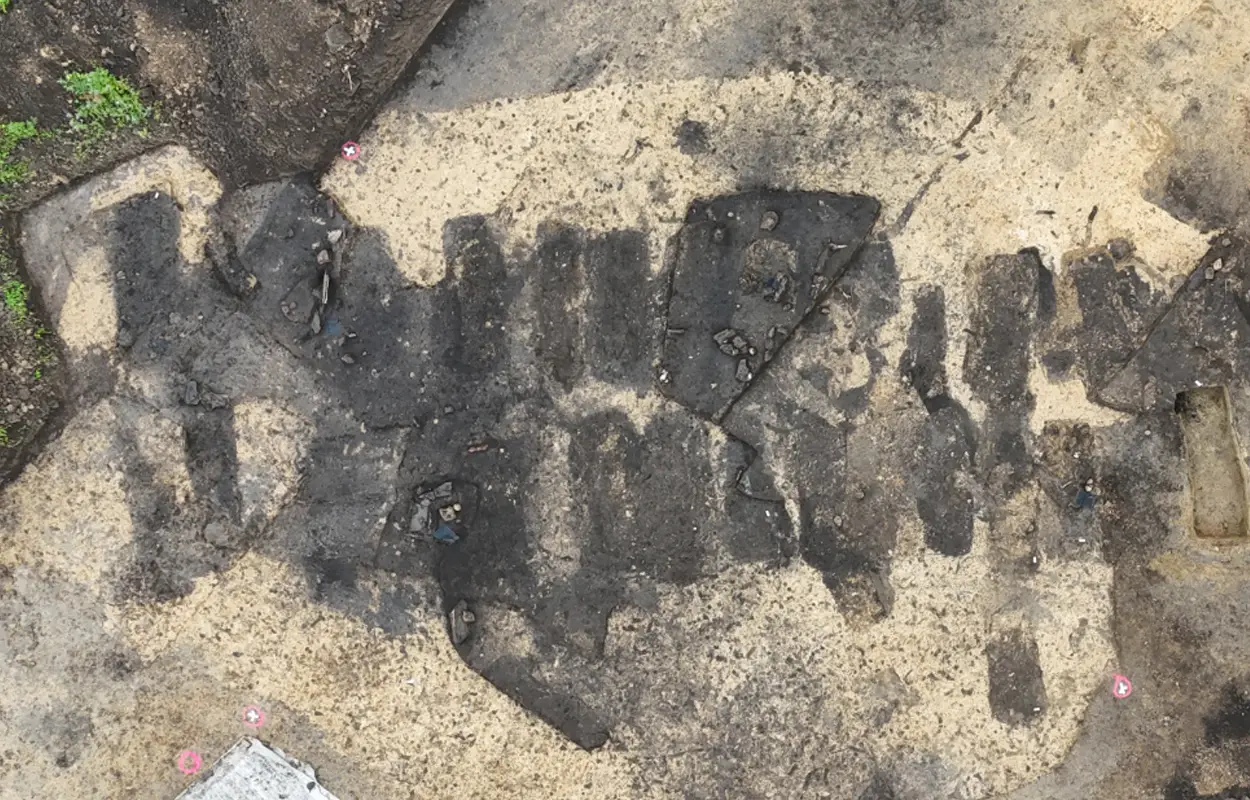Archaeologists from the State Office for Monument Preservation and Archaeology (LDA) of Saxony-Anhalt have discovered a Slavic settlement and associated burial ground near the town of Wettin-Löbejün, Germany.
During the Migration Period and the Early Middle Ages (5th to the 10th century AD), the Early Slavs established control over extensive regions of Central, Eastern, and Southeast Europe, establishing the foundations for the Slavic nations.
The original homeland of the Slavs is uncertain due to a lack of historical records, however, many scholars suggest that they originate from somewhere in Central-Eastern Europe.
Excavations were in preparation for the construction of the SuedOstLink, a planned underground cable connection from Wolmirstedt (Saxony-Anhalt) to Landshut (Bavaria).
The settlement covers an area of around 1.2 acres and has two distinct phases of occupation. The first phase shows traces of a fortified enclosure, indicated by a large four-metre-wide defensive ditch.
The second phase appears to show an agricultural setting, where archaeologists have found individual farmsteads surrounded by small ditches measuring just 0.5 metres wide. Within one of the ditches, archaeologists unearthed a pearl and a bronze bracelet.
Excavations have also identified a craftsmen’s quarter with material mining pits for the extraction of bog iron ore (a form of impure iron deposit that develops in bogs or swamps), and a blast furnace with a preserved furnace sow for processing on site.
Adjacent to the settlement is an associated burial ground where archaeologists have found 60 burials positioned in two parallel rows aligned north-south. The deceased were laid on their backs facings facing east in accordance with Christian burial rites.
“These are mostly head niche graves, which were particularly common from the late 10th to the 12th century,” said the LDA.
Header Image Credit : LDA
Sources : State Office for Monument Preservation and Archaeology (LDA) of Saxony-Anhalt





